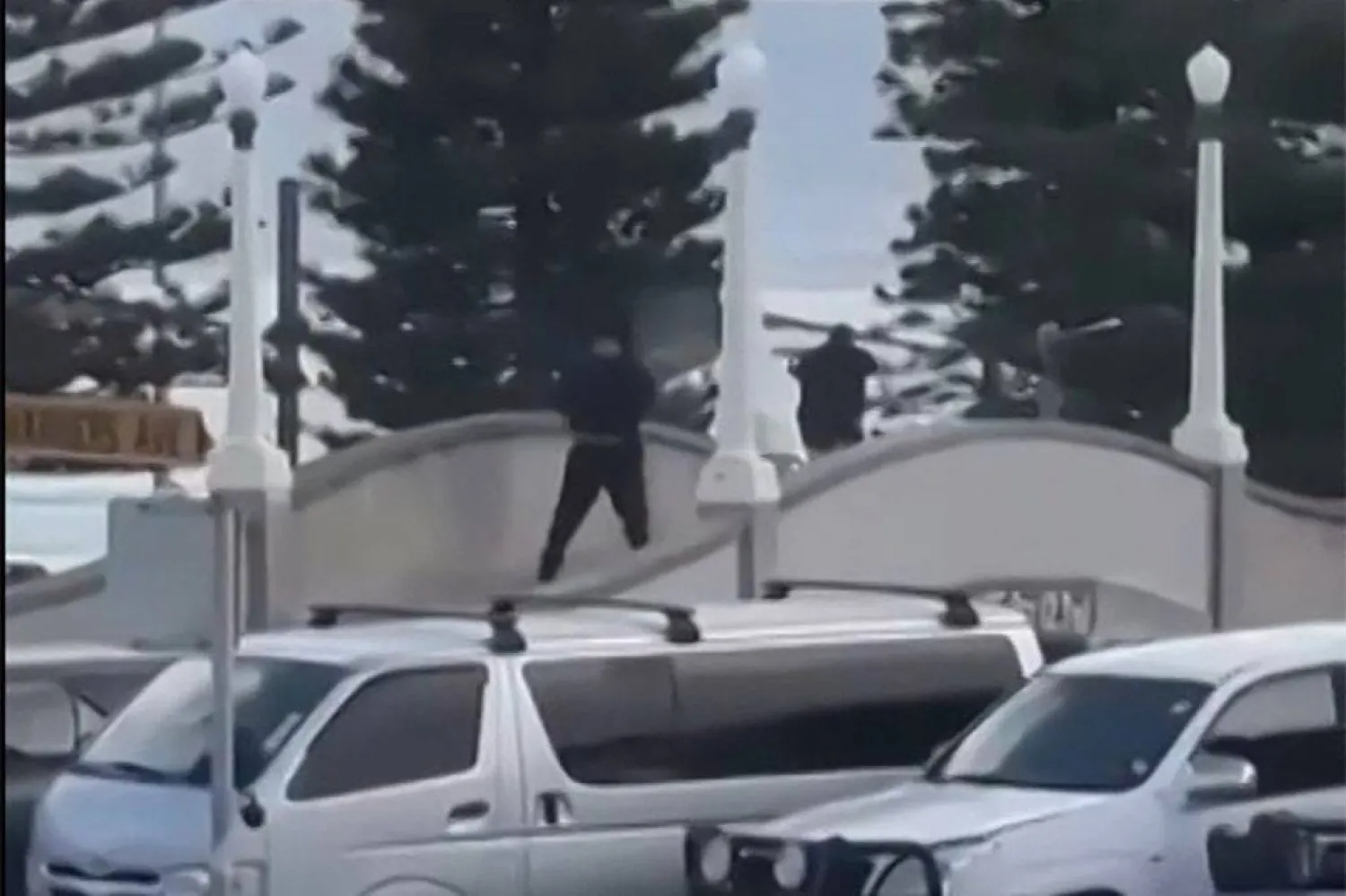US envoys arrived in Berlin Sunday morning for another round of talks intended to secure a deal to end the war in Ukraine.
US President Donald Trump’s special envoy Steve Witkoff and Trump’s son-in-law Jared Kushner were spotted in downtown Berlin by a photographer for German news agency dpa.
Ukrainian President Volodymyr Zelenskyy said that Ukrainian, US and European officials will hold a series of meetings in Berlin in the coming days.
“Most importantly, I will be meeting with envoys of President Trump, and there will also be meetings with our European partners, with many leaders, concerning the foundation of peace — a political agreement to end the war,” Zelenskyy said in an address to the nation late Saturday.
Washington has tried for months to navigate the demands of each side as Trump presses for a swift end to Russia’s war and grows increasingly exasperated by delays. The search for possible compromises has run into major obstacles, including control of Ukraine’s eastern Donetsk region, which is mostly occupied by Russian forces, and security guarantees for Ukraine.
“The chance is considerable at this moment, and it matters for our every city, for our every Ukrainian community,” The Associated Press quoted Zelenskyy as saying. “We are working to ensure that peace for Ukraine is dignified, and to secure a guarantee — a guarantee, above all — that Russia will not return to Ukraine for a third invasion.”
Russian President Vladimir Putin has demanded that Ukraine withdraw its forces from the part of the Donetsk region still under its control and abandon its bid to join NATO among the key conditions for peace — demands Kyiv has rejected.
Putin's foreign affairs adviser Yuri Ushakov told the business daily Kommersant that Russian police and national guard troops would stay in parts of eastern Ukraine’s Donbas even if they become a demilitarized zone under a prospective peace plan — a demand likely to be rejected by Ukraine as US-led negotiations drag on.
Ushakov warned that a search for compromise could take a long time, noting that the US proposals that took into account Russian demands had been “worsened” by alterations proposed by Ukraine and its European allies.
Speaking to Russian state TV in remarks broadcast Sunday, Ushakov said that “the contribution of Ukrainians and Europeans to these documents is unlikely to be constructive," warning that Moscow will “have very strong objections.”
Ushakov added that the territorial issue was actively discussed in Moscow when Witkoff and Kushner met with Putin earlier this month. “The Americans know and understand our position," he said.
German Chancellor Friedrich Merz, who has spearheaded European efforts to support Ukraine alongside French President Emmanuel Macron and UK Prime Minister Keir Starmer, said Saturday that “the decades of the ‘Pax Americana’ are largely over for us in Europe and for us in Germany as well.”
He warned that Putin's aim is “a fundamental change to the borders in Europe, the restoration of the old Soviet Union within its borders.”
“If Ukraine falls, he won’t stop,” Merz warned on Saturday during a party conference in Munich.
Putin has denied plans to restore the Soviet Union or attack any European allies.
As peace efforts continued, Russia and Ukraine exchanged another round of aerial attacks.
Ukraine’s air force said overnight Russia launched ballistic missiles and 138 attack drones at Ukraine. In its daily report, the air force said 110 had been intercepted or downed but missile and drone hits were recorded at six locations.
Zelenskyy said Sunday that hundreds of thousands of families were still without power in the south, east and north-east regions and work was continuing to restore electricity, heat and water to multiple regions following a large-scale attack the previous night.
The Ukrainian president said that in the past week, Russia had launched over 1,500 strike drones, nearly 900 guided aerial bombs and 46 missiles of various types at Ukraine.
“Ukraine needs peace on decent terms, and we are ready to work as constructively as possible. These days will be filled with diplomacy. It’s very important that it brings results,” Zelenskyy said.
Russia’s Defense Ministry said that air defenses downed 235 Ukrainian drones late Saturday and early Sunday.
In the Belgorod region, a drone injured a man and set his house ablaze in the village of Yasnye Zori, regional governor Vyacheslav Gladkov said.
Ukrainian drones struck an oil depot in Uryupinsk in the Volgograd region, triggering a fire, according to the regional governor, Andrei Bocharov.
In the Krasnodar region, the Ukrainian drones attacked the town of Afipsky, where an oil refinery is located. The authorities said that explosions shattered windows in residential buildings but didn’t report any damage to the refinery.









